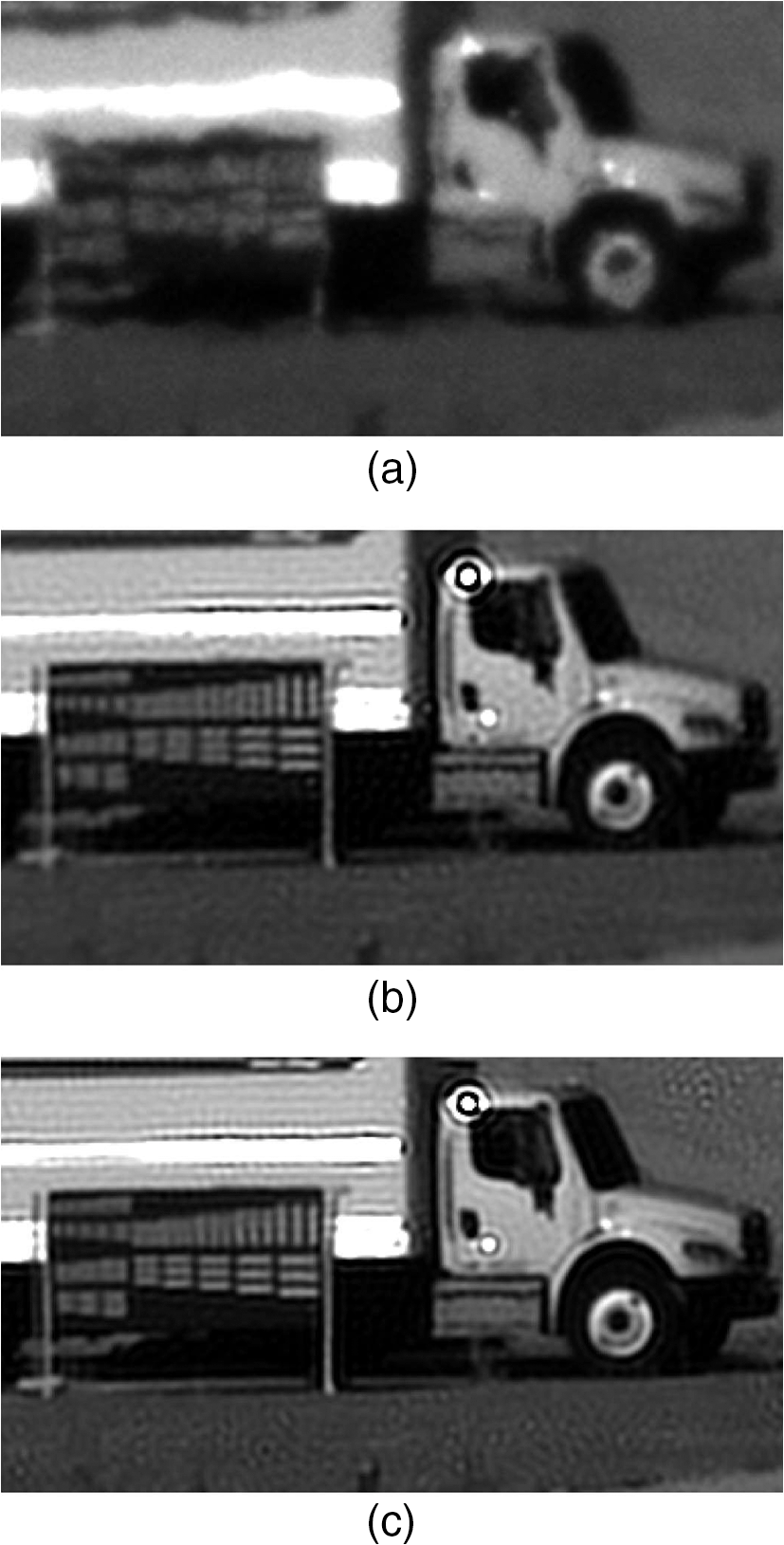

* Save the resized images in a folder of your choosing * Output formats: JPG, JPEG, JPE, JP2, JPX, PNG, TIFF, TIF, GIF, BMP, HEIC, HEIF * Input formats: JPG, JPEG, JPE, JP2, JPX, PNG, TIFF, TIF, GIF, BMP, HEIC, HEIF * Keep the EXIF info and creation date of your original images

* Convert and rename your images in batch mode * Change the DPI of your images in batch mode * Resize your images by fixed width and height * Resize your images by fixed width or height * Resize portrait images more efficiently by considering that width is always the largest dimension * Keep the original aspect ratio of your images * Use either pixels or percents to define the new dimensions Also, if your original image files are poorly named, you can use ImageSize to give them meaningful names so they are easier to find and identify. Resize your images to reduce their size on disk and optimise them for a specific usage like sending via email or posting online. If you only want to lower the file size, head over to Compress Image. This tool changes the width and height of your file. You can also use the DPI to change the image size when it comes to printing. Resize, convert and rename thousands of image files in batch mode with ImageSize. In the drop-down menu, choose the format you want your images to be converted to. It will return the resized image and also print the size of the original image and the output image on the console."ImageSize is a macOS application created with a single purpose in mind: to help you batch resize, rename and convert thousands of pictures in a snap.". # define transformt o resize the image with given size Print("Size of the Original image:", size) # compute the size(width, height) of image The original image is of size (700,700) # import the required libraries The input image is resized to (300, 350). This image is used as the input file in all the following examples. Change the crop size according your need.Īpply the above-defined transform on the input image to resize the input image. For example, the given size is (300,350) for rectangular crop and 250 for square crop. The input image is a PIL image or a torch tensor or a batch of torch tensors.ĭefine a transform to resize the image to a given size. Make sure you have already installed them. In all the following examples, the required Python libraries are torch, Pillow, and torchvision. We could use the following steps to resize an input image to a given size. It returns a resized image of given size. If size is an int, then the resized image will be a square image. size is a sequence like (h, w), where h and w are the height and width of the output image. Size – Size to which the input image is to be resized. If the image is neither a PIL image nor a tensor image, then we first convert it to a tensor image and then apply the Resize()transform. This transform also accepts a batch of tensor images, which is a tensor with where B is the number of images in the batch. A tensor image is a torch tensor with shape, where C is the number of channels, H is the image height, and W is the image width. Resize() accepts both PIL and tensor images. It's one of the transforms provided by the ansforms module. The Resize() transform resizes the input image to a given size.


 0 kommentar(er)
0 kommentar(er)
